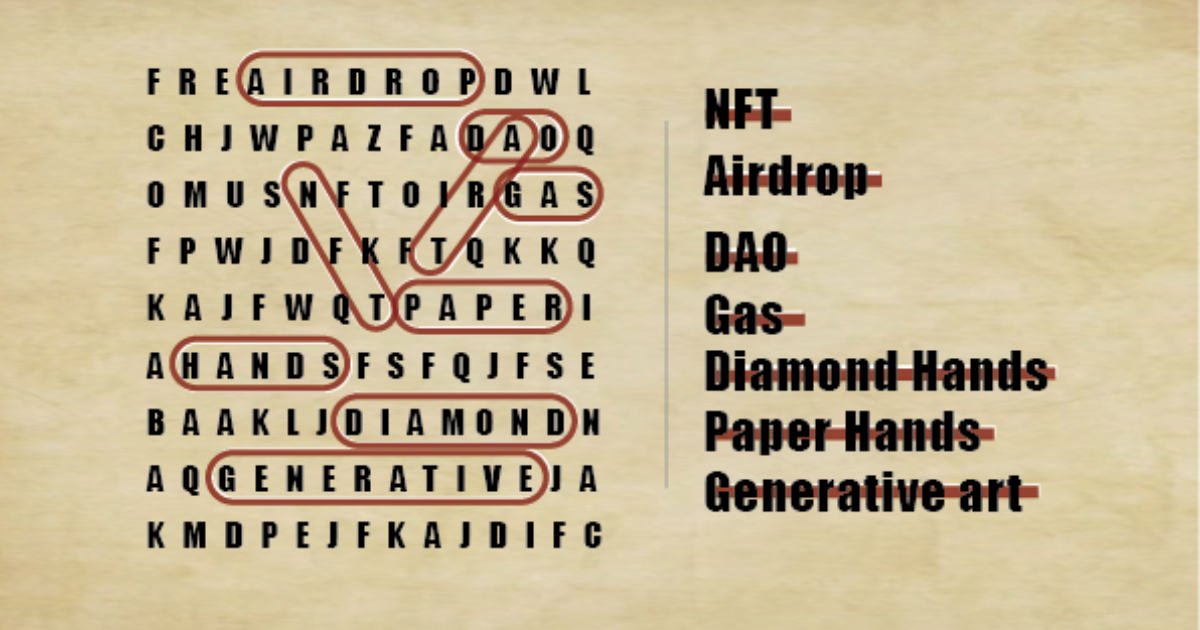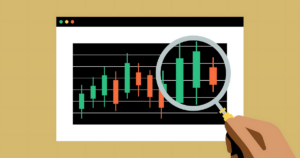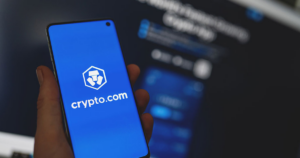All NFT terms guide begin with the fact that non-fungible tokens have changed the digital ownership and brought about a new ecosystem. New terms and concepts related to NFT technology have grown quickly, and people, whether beginners or seasoned collectors, must study up.
Learn more about NFT terms by reading ‘NFT terms guide’.
Key-Takeaways:
- Market strategies contain key NFT terms of “floor price,” “flipping,” “hodling,” etc. An NFT terms guide is a good way of understanding these terms and navigating the NFT market.
- Explanation like ‘minting,’ ‘burning,’ and ‘utility’ are what comes with NFT operation and its value. Capturing the technical side of NFTs can be mastered with NFT terms guide helps investors understand these terms.
Trading and Marketplace Terms
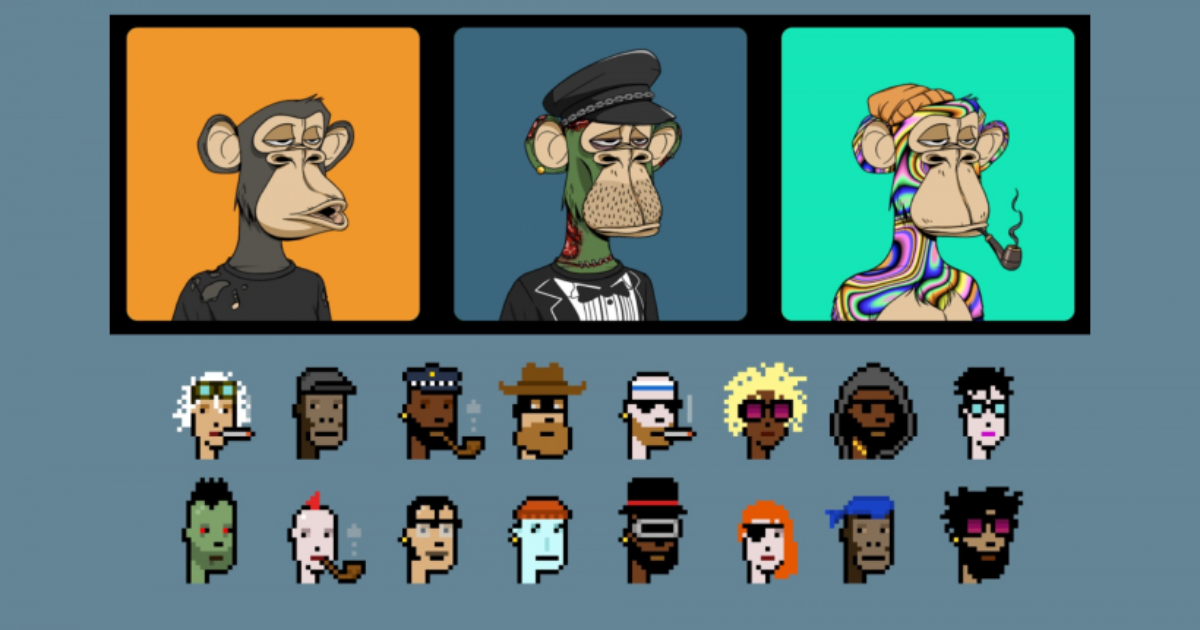 There is special terminology used in NFT marketplace for transaction type and market trends. Floor price, the lowest price within a collection, is a key term to use when considering a market value.
There is special terminology used in NFT marketplace for transaction type and market trends. Floor price, the lowest price within a collection, is a key term to use when considering a market value.
Buying NFTs with the plan to profiteer by instantly flipping them is known as ‘flipping’. Contrary to that, collecting NFTs for long-term “hodling” (holding NFTs, even in the midst of market changes, with the goal of growth down the road).
These are just terms that separate various NFT investing strategies that exist in the market. To be able to navigate the burgeoning NFT space successfully, one needs to understand them through this NFT terms guide.
When it comes to blockchain transactions, gas fees are very important since they cover the costs to compute operations. Network congestion and demand determine the value of these fees, impacting the timing and costs of transactions.
By recording the data of the NFTs on the blockchain, digital content is turned into verifiable assets by ‘minting’ new NFTs.
“Blue chip” NFTs are established collections that have a presence in the market and are generally worth something that you can exchange, much like reliable, valuable stocks in traditional asset markets.
Community and cultural terminology
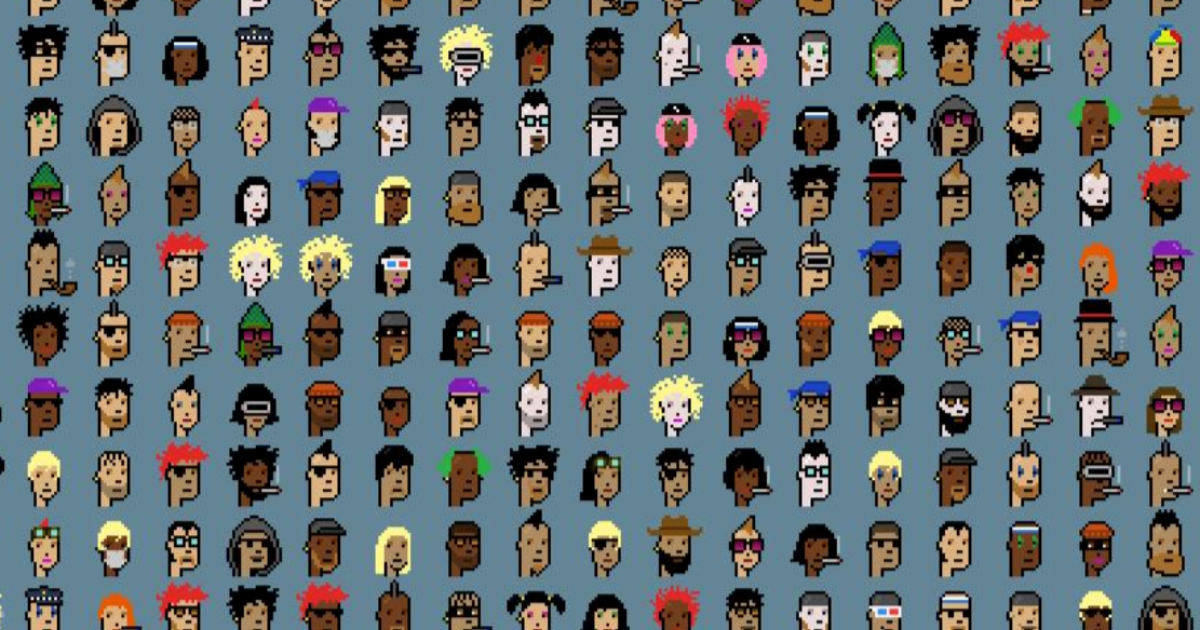 NFT community has its own social language to communicate and build stronger connections. Holders who resist selling in market conditions are ‘diamond hands’ and ‘paper hands’ are those who sell like crazy every time prices drop.
NFT community has its own social language to communicate and build stronger connections. Holders who resist selling in market conditions are ‘diamond hands’ and ‘paper hands’ are those who sell like crazy every time prices drop.
“Whales” are the big investors with massive amounts of powerful NFTs that affect big eras of the market whenever they do things to the market. They point to different investor behaviours and how they can affect the NFT ecosystem.
Informally, ‘Alpha’ could be the exclusive group that is a known group—or has vested interest—in finding out about upcoming projects or observing the markets in a manner that most people cannot see. This term shows the real kind of doing you need to do to lead the race amongst the unique NFT dreame.
The NFT community has picked ‘wagmi’ (we’re all going to make it) as its shared word, an expression of optimism for the group. This is a motivational phrase for the positivity and camaraderie of NFT collectors and traders.
The greeting “GM” (good morning) has even become popular amongst NFT enthusiasts for the very fact that it serves to establish a feeling of community and connection. This way the participants understand these terms and participate meaningfully, and are showing some cultural awareness in the NFT world.
Technical Infrastructure and Technical Development
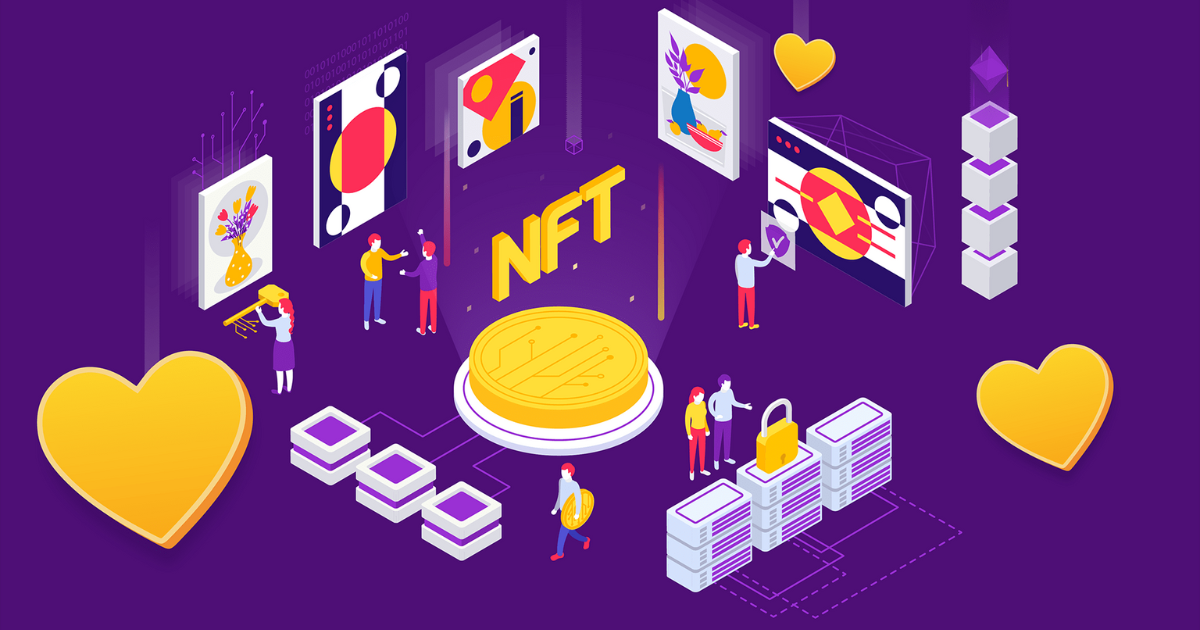 Many NFT projects operate on very specific technical infrastructure and have specific terms to explain processes. NFTs on the blockchain are smart contracts (self-executing programs) that create, transfer, and verify them.
Many NFT projects operate on very specific technical infrastructure and have specific terms to explain processes. NFTs on the blockchain are smart contracts (self-executing programs) that create, transfer, and verify them.
Importantly, these contracts store metadata such as unique attributes, ownership history, and associated rights about the digital assets. This is very important if you want to navigate the technical parts of NFT transactions.
Interoperability of NFTs means NFTs can be used without any hassle on any platform or application. This feature makes the use of NFTs in broader digital interoperability easier, more flexible, and more easy to use.
For example, fractionalization allows you to own a piece of high-value NFT for a few fractions of it. This allows the number of investors to expand who can access expensive assets.
Permanently removing NFT’s from circulation on the blockchain is called “burning.” Used often to create scarcity and possibly value of remaining tokens.
Now NFT holders can participate in project decision-making with DAOs (Decentralized Autonomous Organizations). The decentralized approach gives the community a say in what the future of NFT projects might look like.
NFT’s owners have the option to lock their assets in smart contracts to receive additional benefits or rewards. This opens up extra ways of NFT holders to profit off their investment.
Speaking of importance, ‘utility’ became a buzzword that emphasizes NFTs’ practical use cases and benefits—regardless of whether they are digital collectibles. Their usefulness is augmented with utility-driven NFTs; they bring the utility to real-world applications.
Because roadmaps outline a project’s plans for development and its key future steps, investors know what to expect. When newly minted NFTs reveal their final artwork and attributes in the community, that’s when we say they’ve “revealed.”.
Certain traits in NFT collections are considered to be ‘rare’ – that is, they are unique and unique characteristics can greatly impact the value of that collection on the market. Collectors often want those rare NFTs with rare attributes.
This is important because of the security, as a ‘rug pull’ highlights the risk where project creators walk away (abandon) the project after collecting investor funds. Protecting investments in the NFT space will require an understanding of these risks.
Conclusion
To be able to navigate digital assets, you need to master the terms with the NFT terms guide. Having knowledge of these terms helps us know more about these decisions and participating in the trading, collecting, and creating of NFTs.





